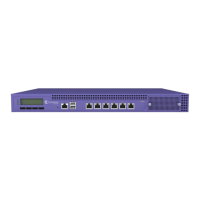Table 52: Internal Captive Portal Settings
Field Description
Portal name Select an icon to add, edit, or delete a captive portal. When you add or
edit a captive portal, the portal configuration dialog displays.
Portal Connection Indicates the Interface/Topology that is used for the portal
communication.
Use FQDN for connection Use the Fully-Qualified Domain Name (FQDN) of the VLAN instead of
its IP address when redirecting clients to the captive portal. This is
required for OpenID Connect.
Walled Garden Rules Click Walled Garden Rules to configure policy rules for the internal
captive portal.
Use HTTPS for connection (Optional) Indicates that the connection will be secure with HTTPS.
Authentication method Select the authentication method for the captive portal.
•
Default. Click Configure Default AAA for pop up.
•
RADIUS. Look up on a remote RADIUS Server. This option enables
the primary and backup RADIUS fields.
•
Local. Look up in the local password repository.
•
LDAP. Look up on a remote LDAP server. This option enables LDAP
Configuration.
LDAP Configuration Lightweight Directory Access Protocol. Select a configuration or select
the plus sign to add a new configuration.
Related Links
Portal Website Configuration on page 155
Portal Network Configuration on page 163
Portal Administration Configuration on page 163
Default Rules for Captive Portal on page 171
Interfaces on page 187
External Captive Portal Settings
An external captive portal resides on a separate server. Configure the following settings for an external
captive portal.
Table 53: External Captive Portal Settings
Field Description
ECP URL URL address for the external captive portal.
Walled Garden Rules Click Walled Garden Rules to configure policy rules for the external
captive portal.
Identity Determines the name common to both the ExtremeCloud Appliance
and the external Web server if you want to encrypt the information
passed between the ExtremeCloud Appliance and the external Web
server. Required for signing the redirected URL. If you do not configure
the Identity, the redirector on the AP drops the trac.
Configure
ExtremeCloud Appliance User Guide for version 4.36.03 123

